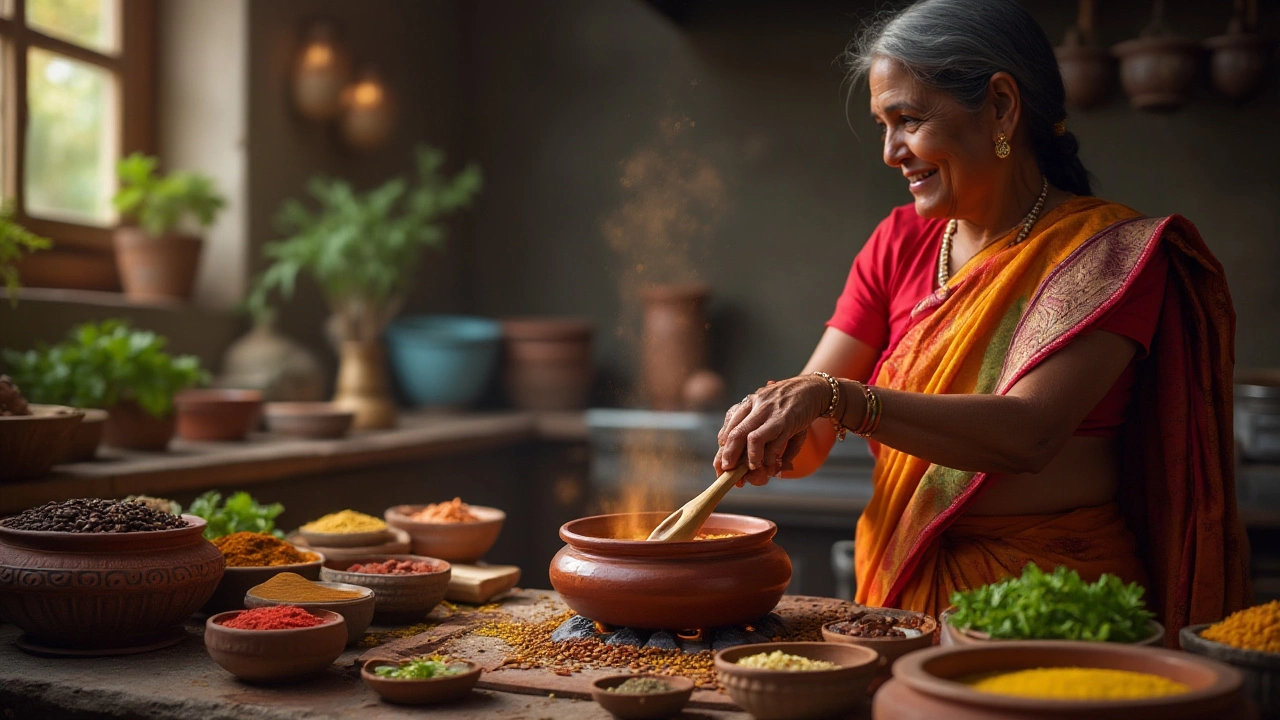Indian Lentil (Dal) Guide: Easy Recipes, Tips & Benefits
If you’ve ever wondered how to turn a simple bowl of lentils into a flavorful Indian dish, you’re in the right place. Indian lentils—called dal—are a kitchen staple across the subcontinent, and they’re surprisingly easy to master. In this guide we’ll cover the most common lentil types, quick cooking methods, and why dal is a health hero.
Why Indian Lentils Are Good For You
First off, lentils are packed with protein, fiber, and iron. That means they keep you full longer and support energy levels without the heaviness of meat. Most Indian dal recipes use just a handful of spices, so the nutrient profile stays clean. Red lentils (masoor) cook fastest and turn creamy, perfect for soups. Green split peas (toor) hold their shape and give a firmer bite, ideal for thick stews. Black gram (urad) is richer and often used in dishes like dal makhani.
Because lentils absorb flavors well, you can keep the spice list short and still get big taste. A pinch of turmeric adds antioxidant power, while cumin and mustard seeds give a warm, earthy base. If you’re watching carbs, remember that lentils have a lower glycemic index than many grains, making them a smart swap for rice or pasta.
Quick Ways to Cook Perfect Dal
Here’s a no‑fuss method that works for any lentil you have on hand. Rinse the lentils under cold water, then add them to a pot with a 3:1 water‑to‑lentil ratio. Bring to a boil, lower the heat, and simmer until soft—about 10 minutes for red lentils, 20‑25 minutes for green or yellow split peas, and 30‑40 minutes for whole black gram. Add a pinch of salt only at the end; early salting can toughen the beans.
While the lentils are cooking, heat a tablespoon of oil in a small pan. Toss in mustard seeds, cumin seeds, a chopped onion, and a couple of dried red chilies. When the onions turn golden, stir in minced garlic and ginger, then pour the whole mixture over the cooked dal. Finish with a splash of lemon juice or a dollop of yogurt for a fresh zing.
If you’re short on time, a pressure cooker or instant pot cuts the cooking time in half. Just follow the same water ratio and add the spice tadka after pressure cooking.
Want to make your dal extra creamy? Stir in a spoonful of ghee or coconut milk right before serving. For a smoky flavor, try a quick “dhungar” method: heat a small piece of charcoal, place it in a bowl, pour a little oil over it, and cover the pot for a minute. The aroma will take your dal from everyday to unforgettable.
Now that you have the basics, you can experiment with regional twists—add tomatoes for a South Indian style, or mix in spinach for a nutritious boost. The possibilities are endless, and each bowl stays budget‑friendly.
So grab a bag of lentils, fire up the stove, and give your taste buds a tour of India without leaving your kitchen.
Understanding Dal: The English Name and Simple Recipes
This article delves into the English terminology for 'dal,' exploring its significance in cooking. It explains how dal, primarily known as lentils in English, plays a crucial role in Indian cuisine. The article provides insights into simple dal recipes, showcasing the variety and nutritional benefits they offer. With interesting facts and practical cooking tips, readers will gain a better understanding of incorporating dal into their meals.
